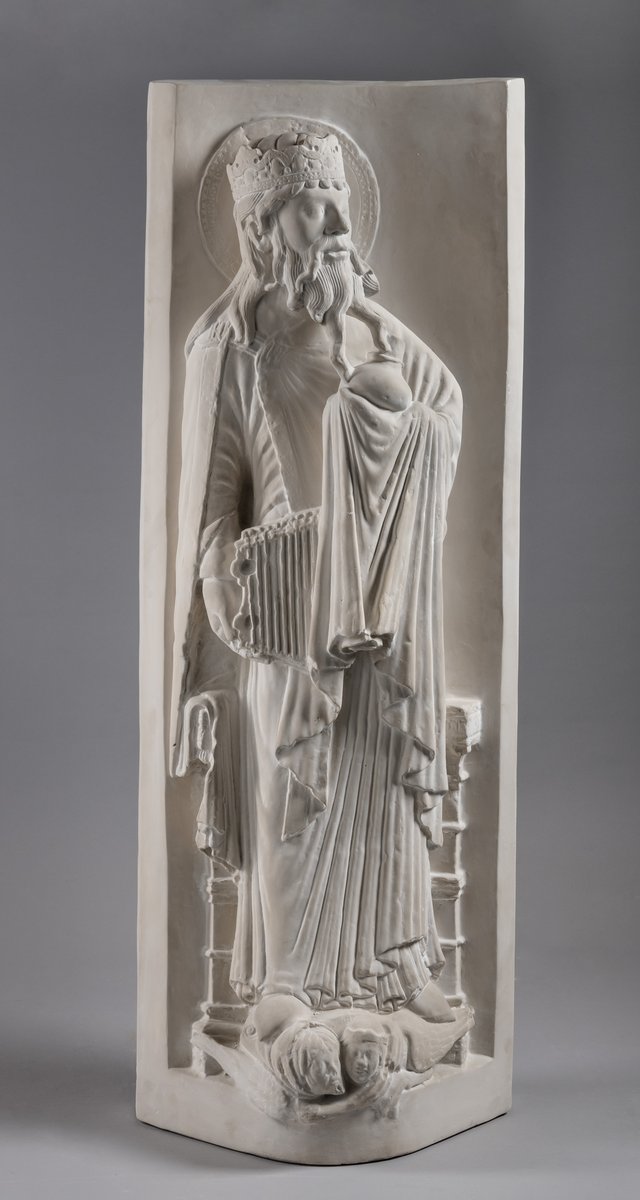
One of the twenty-four Elders
Sculptures
| Artist | |
|---|---|
| Culture | Italian |
| Date | second quarter of the 16th century |
| Object type | sculpture |
| Medium, technique | bronze with dark patina |
| Dimensions | 19.5 × 11 × 11.5 cm, 1 kg |
| Inventory number | 5316 |
| Collection | Sculptures |
| On view | This artwork is not on display |
Satyrs were a favourite subject for Renaissance small bronzes. In Graeco-Roman mythology, satyrs, depicted with horns and cloven hooves, were the demigods of the woods and the mountains as well as the companions of the god of wine and religious ecstasy, Dionysus. Many variations of this composition of kneeling satyr remained. It was created around 1520 by Severo da Ravenna, a sculptor working mainly in Northern Italy, in Padua and Ravenna. He may have been inspired not only by examples from ancient art, but also by the grotesque figures of Andrea Briosco’s (also known as Riccio) (ca. 1470–1532) Paschal Candlestick (Padua, Basilica of Saint Anthony, 1507–1515). Pieces similar to the Budapest statuette had practical function too – they were used as candleholders or inkwells.
Petrovics, Elek – Meller, Simon, Ferenczy István bronzgyűjteményének kiállítása, Országos Magyar Szépművészeti Múzeum, Budapest, 1917, p. 13.
Balogh, Jolán, Katalog der ausländischen Bildwerke des Museums der bildenden Künste in Budapest, IV – XVIII. Jahrhundert: 1. Textband Bd. 1, Akadémiai Kiadó, Budapest, 1975, p. 152-153., no. 193.
This record is subject to revision due to ongoing research.